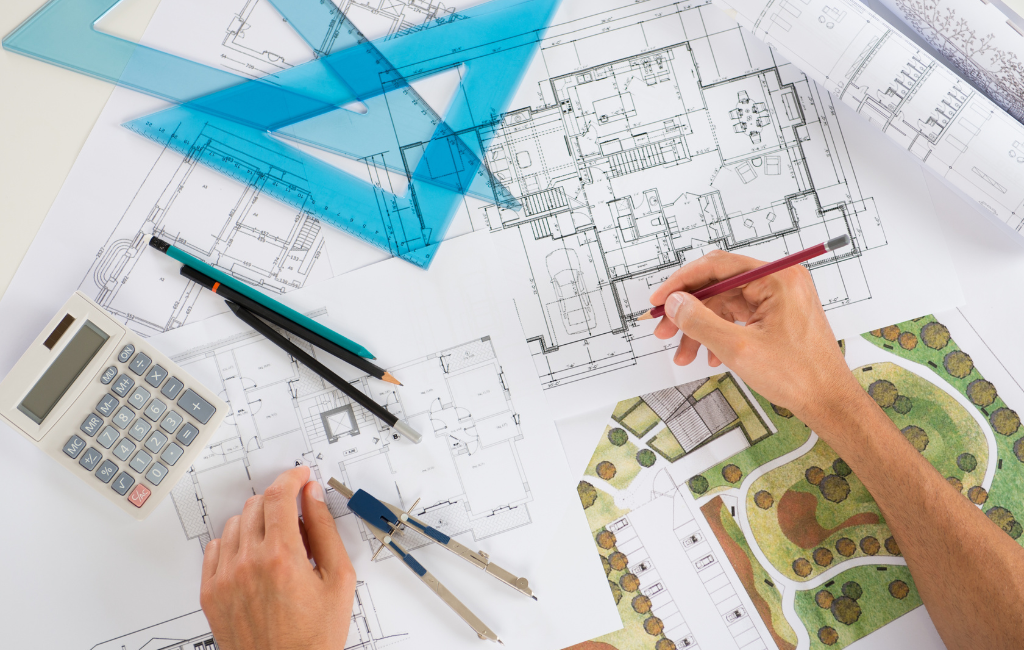Architect Designs for Functional Spaces
Architectural design is not just about creating visually appealing structures; it is about crafting spaces that serve specific purposes effectively. Functional spaces are those that meet the needs of their users while maintaining aesthetic appeal. This article explores various aspects of designing functional spaces, supported by examples, case studies, and statistics.
Understanding Functional Spaces
Functional spaces are designed with the end-user in mind. These spaces prioritize usability, comfort, and efficiency. The goal is to create environments that facilitate the activities intended for them, whether they are residential, commercial, or public spaces.
Key Elements of Functional Design
- Ergonomics: Ensuring that spaces are comfortable and efficient for human use.
- Flexibility: Designing spaces that can adapt to various needs and uses.
- Accessibility: Making spaces usable for people of all abilities.
- Sustainability: Incorporating eco-friendly materials and energy-efficient systems.
Residential Spaces
In residential design, functionality often revolves around creating comfortable living environments that cater to the daily needs of the inhabitants. This includes efficient use of space, natural lighting, and storage solutions.
Case Study: Tiny Homes
Tiny homes have gained popularity as a solution to high housing costs and environmental concerns. These homes, typically under 400 square feet, require innovative design to maximize space. Features such as multi-functional furniture, lofted sleeping areas, and built-in storage are common.
According to a survey by the American Tiny House Association, 68% of tiny home owners reported having no mortgage, highlighting the financial benefits of these functional living spaces.
Commercial Spaces
Commercial spaces, such as offices and retail stores, need to be designed to enhance productivity and customer experience. This involves creating layouts that facilitate workflow, incorporating technology, and ensuring comfort.
Example: Open Office Layouts
Open office layouts have become a trend in modern workplaces. These designs promote collaboration and communication among employees. A study by Harvard Business Review found that open office layouts can increase face-to-face interactions by 50%, leading to improved teamwork and innovation.
Public Spaces
Public spaces, including parks, libraries, and community centers, serve diverse groups of people. The design of these spaces must consider safety, accessibility, and inclusivity.
Case Study: High Line Park, New York City
The High Line Park is a prime example of transforming an unused urban space into a functional public area. Built on a disused elevated railway track, the park features walking paths, seating areas, and green spaces. It attracts millions of visitors annually and has revitalized the surrounding neighborhood.
According to the Friends of the High Line, the park has generated over $2 billion in economic activity since its opening, demonstrating the impact of well-designed public spaces.
Designing for Accessibility
Accessibility is a fundamental aspect of functional design. Spaces should be usable by people of all abilities, including those with disabilities. This involves incorporating features such as ramps, wide doorways, and tactile indicators.
Example: Universal Design
Universal design is an approach that aims to create environments accessible to everyone, regardless of age or ability. This concept is increasingly being adopted in public buildings and spaces. For instance, the Ed Roberts Campus in Berkeley, California, is a model of universal design, featuring wide corridors, automatic doors, and Braille signage.
Sustainable Design
Sustainability is becoming a key consideration in functional design. This involves using eco-friendly materials, energy-efficient systems, and designs that reduce environmental impact.
Case Study: The Bullitt Center, Seattle
The Bullitt Center is often referred to as the greenest commercial building in the world. It features solar panels, rainwater harvesting, and composting toilets. The building is designed to be net-zero energy, meaning it produces as much energy as it consumes.
According to the Bullitt Foundation, the building’s energy use is 83% lower than a typical office building, showcasing the potential of sustainable design.
Conclusion
Designing functional spaces requires a balance of aesthetics, usability, and sustainability. Whether in residential, commercial, or public settings, the goal is to create environments that meet the needs of their users effectively. By incorporating elements such as ergonomics, flexibility, accessibility, and sustainability, architects can craft spaces that are not only beautiful but also highly functional.
Through innovative designs and thoughtful planning, functional spaces can enhance the quality of life, boost productivity, and contribute to environmental sustainability. The examples and case studies discussed in this article highlight the diverse ways in which functional design can be implemented to create spaces that truly serve their purpose.
